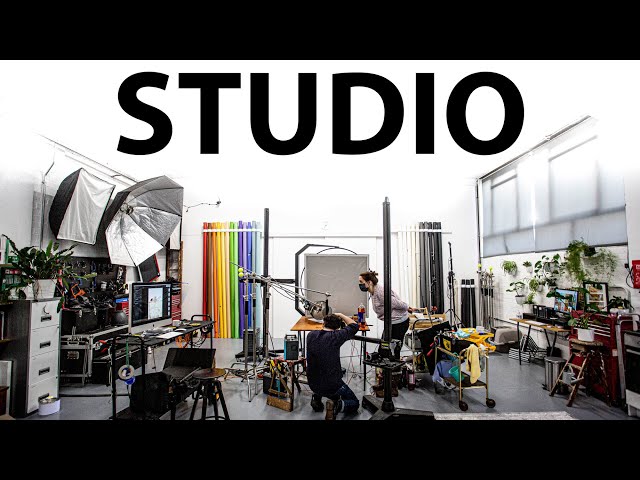AppliMarkets: Your Go-To Resource for App Insights
Explore the latest trends, reviews, and tips in mobile applications.
Picture Perfect: Where Creativity Meets the Camera
Discover tips and tricks to capture stunning photos and unleash your creativity with Picture Perfect—your ultimate photography inspiration hub!
Exploring the Art of Composition: Tips for Capturing Stunning Photos
The art of composition plays a crucial role in capturing stunning photos. It involves arranging elements within the frame to create a visually appealing image that draws the viewer's attention. One fundamental principle of composition is the Rule of Thirds. By dividing your image into a grid of three equal parts both horizontally and vertically, you can position key elements along these lines or at their intersections. This technique not only adds balance and interest but also helps guide the viewer's eye through the photograph.
Another essential tip is to pay attention to leading lines. These are natural lines within your scene, such as roads, rivers, or architectural features, that lead the viewer's gaze towards the main subject. Additionally, consider experimenting with different angles and perspectives. Instead of always shooting from eye level, try capturing your subject from above or below for a unique viewpoint. Incorporating these techniques into your photography will greatly enhance your ability to create stunning images that resonate with your audience.

The Evolution of Photography: From Film to Digital
The evolution of photography has been nothing short of remarkable, transitioning from film to digital technology over the past century. In the early days, photography relied on chemical processes to capture images on light-sensitive film. This traditional method involved lengthy development times and limited the ability to instantly review captured images. With the introduction of digital photography in the late 20th century, the landscape changed dramatically. Photographers could now view their images immediately, allowing for instant feedback and adjustments. This shift also reduced the costs associated with film, making photography more accessible to the general public.
As technology advanced, digital cameras became more sophisticated, integrating features such as autofocus, image stabilization, and high-resolution sensors. The transition from film to digital has also led to the rise of mobile photography, with smartphones now equipped with powerful cameras that enable users to capture professional-quality images. Furthermore, the ease of sharing images online has transformed how photography is consumed and appreciated. Today, social media platforms serve as galleries where photographers can showcase their work to a global audience. The evolution of photography, therefore, not only highlights technological advancements but also reflects the changing nature of visual culture in the digital age.
How to Choose the Right Camera and Equipment for Your Creative Vision
Choosing the right camera and equipment for your creative vision is a crucial step in bringing your artistic ideas to life. Start by assessing your creative goals; are you focusing on photography, videography, or a combination of both? Each discipline may require different types of equipment. DSLRs and mirrorless cameras are popular choices for their versatility and image quality, while compact cameras and smartphones may suit those prioritizing convenience. Consider your budget as well—top-tier equipment can be expensive, but there are many affordable options that deliver excellent results.
Once you’ve selected your camera, think about the accessories that can enhance your creative toolkit. Essential items include lenses tailored to your style, such as wide-angle or macro lenses, as well as a sturdy tripod to ensure stability for your shots. Additionally, investing in quality lighting can dramatically improve your image quality, especially in low-light conditions. Finally, don’t overlook the importance of having editing software to refine your work. Remember, the right combination of camera and equipment can significantly elevate your creative vision and help you produce captivating content.